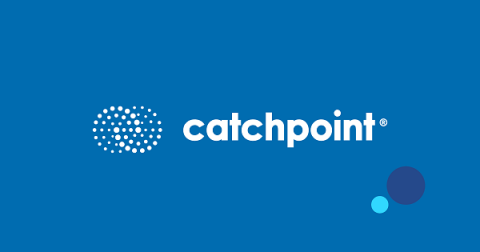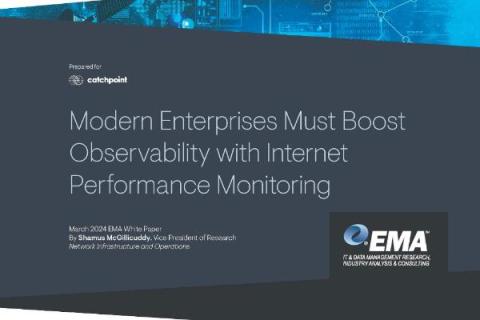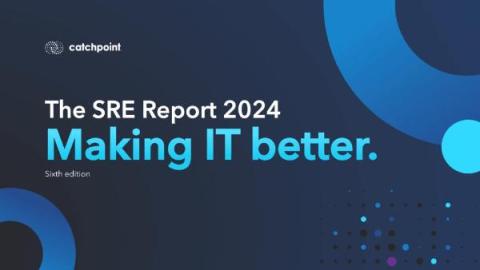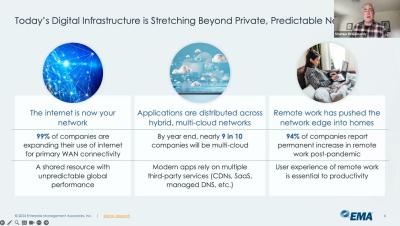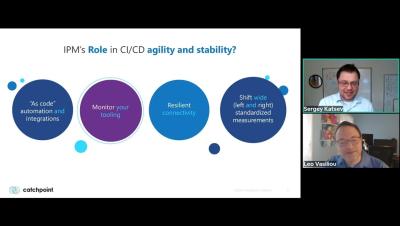Break Free from APM's Shackles: Unlock True Resilience with Catchpoint IPM
Are traditional Application Performance Monitoring (APM) tools holding you back? Discover how Catchpoint's Internet Performance Monitoring (IPM) can transform your approach to digital experience monitoring and unlock true resilience. In this video, we delve into the limitations of APM and how IPM addresses these challenges by providing comprehensive visibility across the entire Internet stack, from backend infrastructure to end-user experience.



